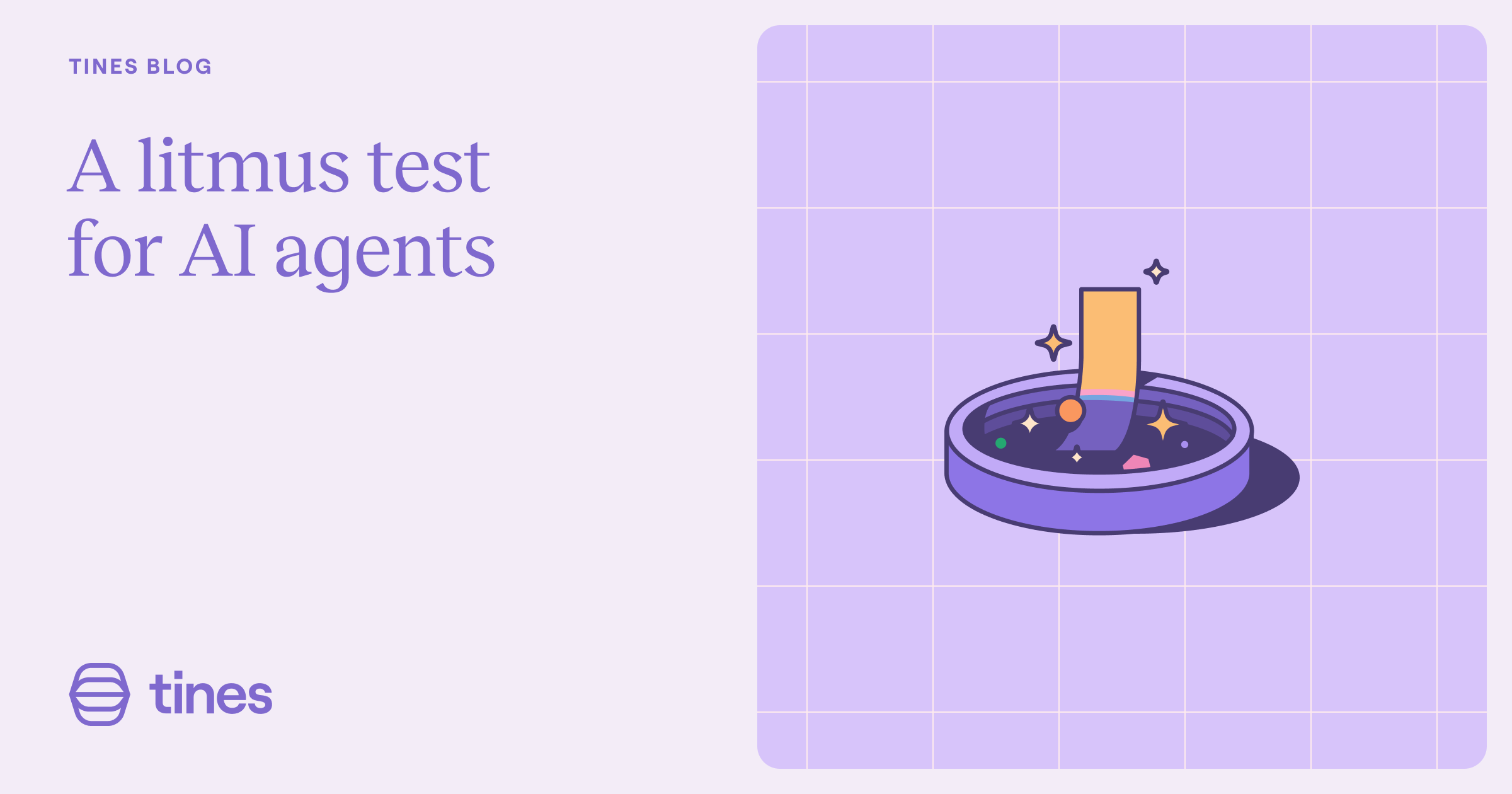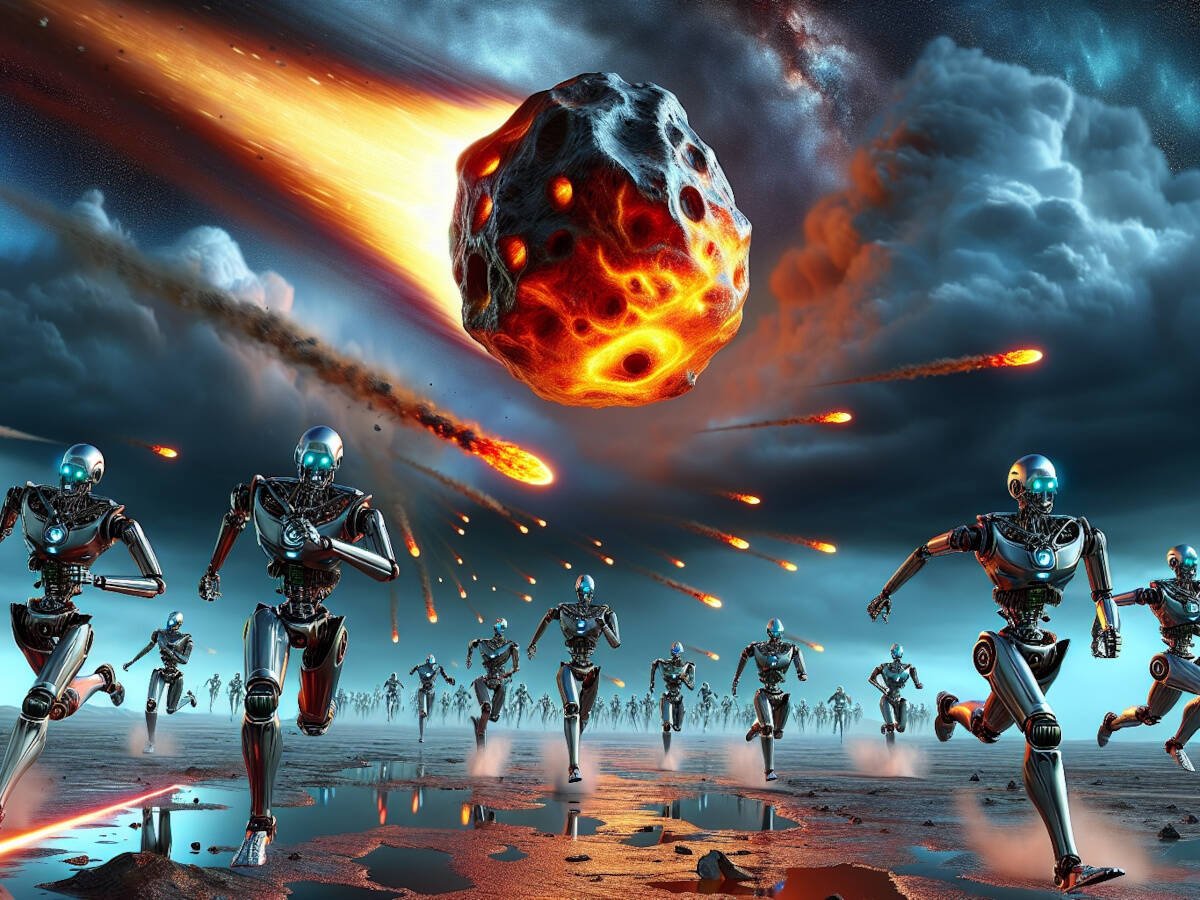Bonobos' Complex Language: Beyond the Sum of its Parts

Swiss scientists have discovered that bonobos can combine simple vocalizations into complex semantic structures, meaning their communication is more than just a sum of individual calls; it exhibits non-trivial compositionality—a trait once thought to be uniquely human. Researchers built a massive database of bonobo calls and used distributional semantics to decipher their meaning, offering a valuable insight into bonobo communication in the wild. This research was laborious, requiring researchers to wake early, trek to bonobo nests, and record calls and contextual information throughout the day.























